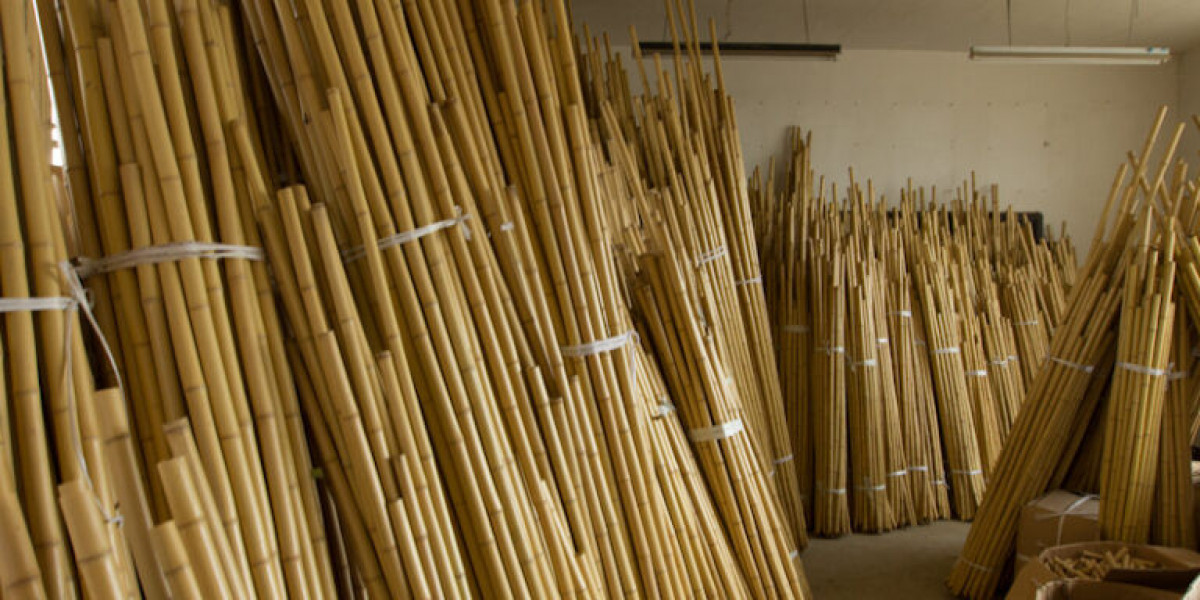In the serene world of tea culture, where tradition meets meticulous craftsmanship, the matcha whisk emerges as a revered tool, transforming the act of tea preparation into a mesmerizing art form. Let's delve into the nuances of the matcha whisk, exploring its history, design, and the profound impact it has on the ritual of making matcha.
Origins and Evolution: The Journey of the Matcha Whisk
The matcha whisk, or "chasen" in Japanese, has its roots deeply embedded in the traditional Japanese tea ceremony. Originating in the 15th century, it has evolved from a simple utilitarian tool to a symbol of precision and artistry in matcha preparation. Crafted from bamboo, the matcha whisk's design has stood the test of time, embodying the essence of Japanese tea culture.
Craftsmanship in Every Tine: Anatomy of a Matcha Whisk
A matcha whisk is a delicate masterpiece, typically consisting of numerous thin bamboo tines intricately bound together. The number of tines can vary, with the most common being 80 or 100. The finely carved tines play a crucial role in achieving the desired frothy consistency in matcha. The design is a harmonious blend of functionality and aesthetic appeal.
Whisking Technique: Creating the Perfect Matcha Froth
The art of matcha preparation goes beyond the simple mixing of powdered tea and hot water. With the matcha whisk in hand, enthusiasts engage in a mindful and rhythmic whisking technique. The delicate dance of the bamboo tines ensures that the matcha is evenly dispersed, creating a silky froth that enhances both the flavor and texture of the tea.
Versatility in Simplicity: Beyond Matcha
While its primary purpose is to whisk matcha, the matcha whisk's versatility extends to other culinary endeavors. Some enthusiasts use it to blend ingredients in various recipes or even to froth beverages. The intuitive design and finely carved tines make it a versatile tool, adding a touch of elegance to a range of culinary creations.
Care and Maintenance: Nurturing Your Matcha Whisk
Preserving the longevity of a matcha whisk requires mindful care. After each use, the whisk should be rinsed under warm water to remove residual matcha. Gently shaking off excess water and allowing it to air dry ensures the longevity of the delicate bamboo tines. It's advised to avoid using soap or other harsh cleaning agents to preserve the natural qualities of the bamboo.
Rituals and Tradition: The Soul of Matcha Preparation
Beyond its functional role, the matcha whisk is a symbol of rituals and tradition. Engaging in the process of whisking matcha becomes a meditative and cultural experience, connecting practitioners to the centuries-old tea ceremonies of Japan. Each whisking session is a tribute to the artistry and mindfulness inherent in the preparation of matcha.
Conclusion: Whisking Harmony into Every Cup
In conclusion, the matcha whisk is more than a utensil; it is an instrument that brings harmony into every cup of matcha. Its history, craftsmanship, and versatility make it a revered companion in the world of tea enthusiasts. Embracing the matcha whisk elevates the act of tea preparation into a rituala mindful journey into the art and culture of matcha.








